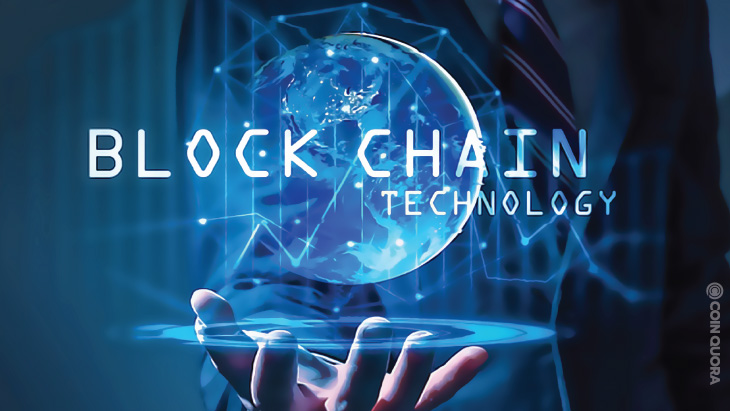Blockchain News
- The Ministry of Information Technologies of Colombia has issued a guide on blockchain integration into projects of national interest.
- The implementation is subject to the country’s legal framework.
- Early this month, the government launched a land registry on the XRP Ledger.
More governments are introducing blockchain technology into projects where transparency and decentralization matter. The Ministry of Information Technologies and Communications (MINTC) of Colombia has issued a comprehensive guide describing blockchain integration into projects directed to solve problems at a federal and state level.
The document, though written in Spanish, is titled “Reference Guide for the Adoption and Implementation of Projects with Blockchain Technology for the Colombian State.” It explains the basics of blockchain and the kinds of projects that would benefit by integrating blockchain in their services. It further states that such implementations will be subject to the country’s legal framework. The document says:
A blockchain technology project in the public sector requires a detailed review of the requirements of the general challenge to be resolved and the usability of the distributed database depending on the project type.
Furthermore, the ministry also hinted at some projects that already used blockchain technology. In detail, they include RITA, a network developed by a national university that uses blockchain to secure and verify the authenticity of academic diplomas, and the alliance that the Bank of Colombia inked with R3 to use the Corda for different settlement cases.
On July 1, the Colombian government launched a national land registry on a blockchain network to aid citizens needing land certificates. The project was handled by a third-party company called Peersyst Technology. On the XRP Ledger (XRPL), the government will verify digital files and records using QR codes. The project aims to accelerate the issuance of land documents and give 100,000 certificates to land owners in a short time.


